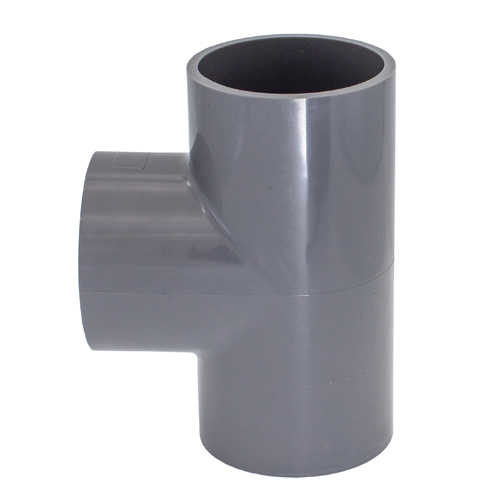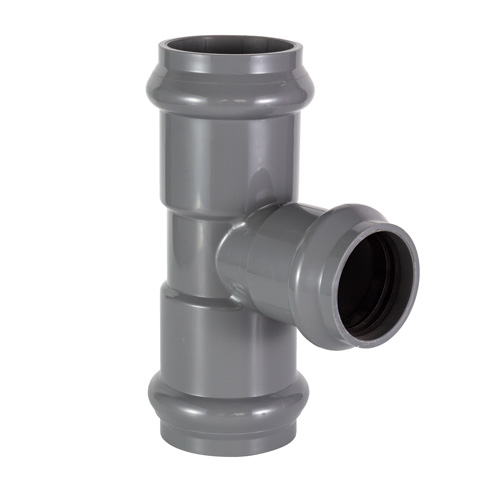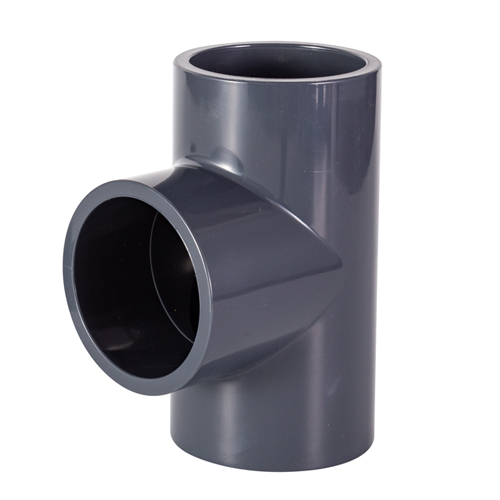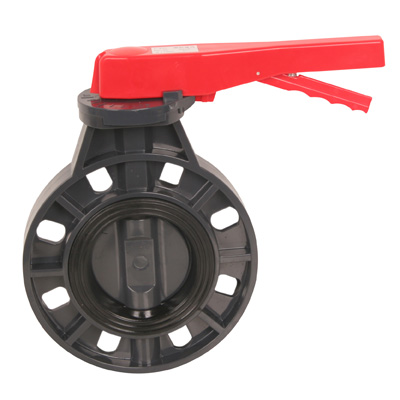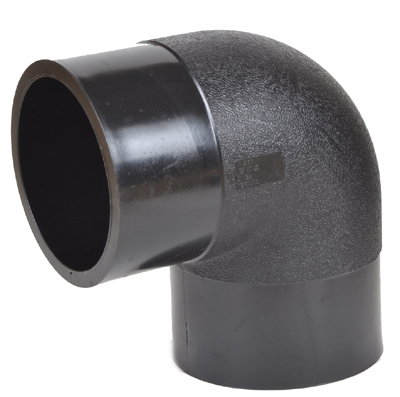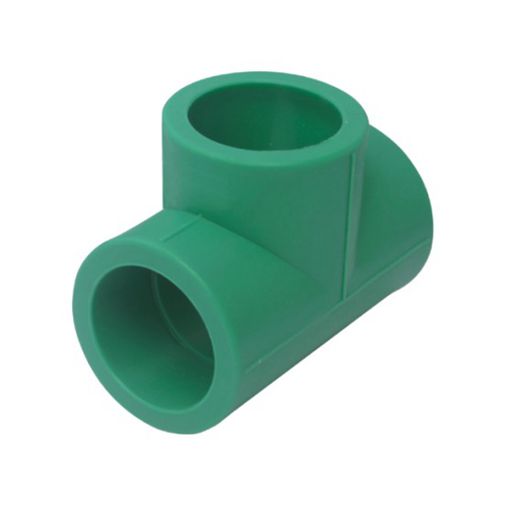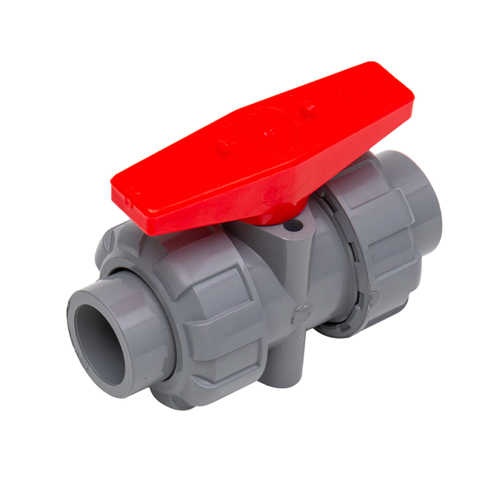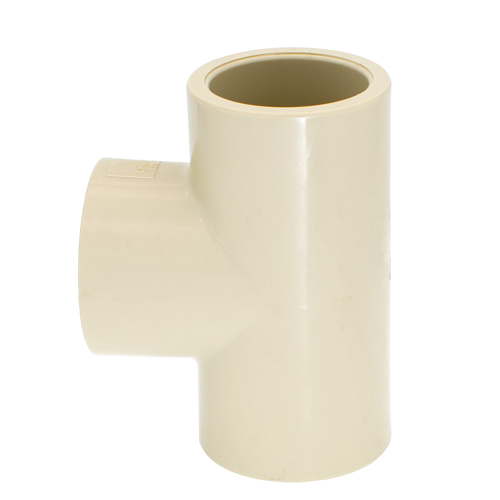the diference between pvc and cpvc
 Jan 18, 2018|
Jan 18, 2018| View:1454
View:1454The main difference between CPVC and PVC is the range of temperatures each is capable of withstanding. CPVC can handle temperatures up to 200° Fahrenheit, while PVC peaks at 140° Fahrenheit. Above those temperatures, both CPVC and PVC will begin to soften, increasing the risk of joints and pipes failing.
The primers, solvent cements, and bonding agents are different for PVC and CPVC due to the differences in their chemical composition. For example, CPVC solvent cements must meet ASTM F493 specifications, and PVC solvent cements must meet ASTM D2564 specifications. Because of this, CPVC and PVC pipes and fittings, along with their solvents and bonding agents, should not be used interchangeably. In addition to meeting ASTM specifications, there are different solvent cements required based on the pipe’s size and intended application, so check the product containers to be sure you’re using the correct agent for the correct application.


cpvc double union valve pvc double union valve
PVC comes in nominal pipe sizes only, while CPVC is available in both nominal pipe sizes and copper tube sizes. CPVC has greater flexibility than PVC, and requires support at three foot intervals to maintain its position.
Characteristic | Schedule 40 PVC | Schedule 80 PVC | Schedule 40 CPVC | Schedule 80 CPVC |
Cost | $0.40 / ft. | $0.52 / ft | $2.50 / ft | $3.02 / ft |
Color | white, dark grey | white, dark grey | light grey, off-white, yellow | light grey, off-white, yellow |
End Shape | plain, bell | plain, bell | plain | plain |
Working Max Pressure | 450 PSI | 630 PSI | 450 PSI | 630 PSI |
Tensile Strength | 7500 PSI | 7500 PSI | 8200 PSI | 8200 PSI |
Standard Length | 10', 20' | 10', 20' | 10' | 10' |
Sizing | NPS | NPS | NPS, CTS | NPS, CTS |
Max Temp | 140° F | 140° F | 200° F | 200° F |
Min Temp | 33° F | 33° F | 33° F | 33° F |



